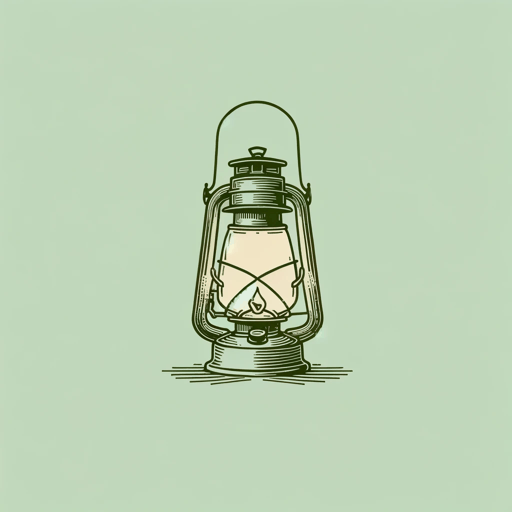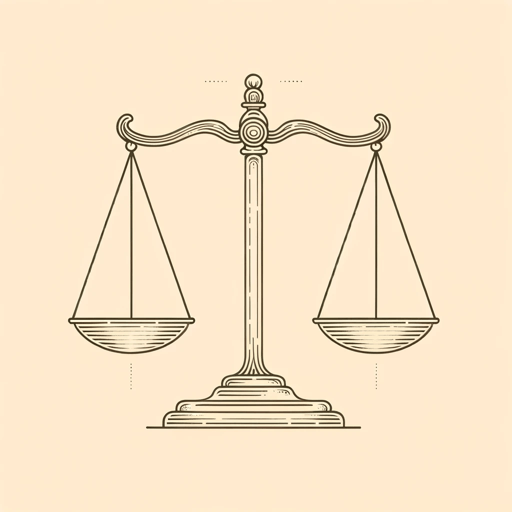53 pages • 1 hour read
James L. SwansonChasing Lincoln's Killer
Nonfiction | Book | Adult | Published in 2009A modern alternative to SparkNotes and CliffsNotes, SuperSummary offers high-quality Study Guides with detailed chapter summaries and analysis of major themes, characters, and more. For select classroom titles, we also provide Teaching Guides with discussion and quiz questions to prompt student engagement.
Symbols & Motifs
Ford’s Theater
Built in 1893, this Washington DC theater was taken by the War Department after Lincoln’s death and used as an office building. It partially collapsed in 1893, killing over 20 people. Eventually, it was given to the National Park Service, restored, and designated a National Historic Site. The way the building was maintained (or not) in the years after the assassination show America’s evolving cultural beliefs surrounding historical preservation. As a capitalist country founded on individual ruggedness and desire for conquest, American culture would prefer to replace than repair. Indeed, the federal government had no Landmarks Preservation Commission until 1965, and even then it was controversial as it cut into real estate developers’ bottom line.
Mementoes and Celebrity Culture
Booth’s grandiose proclamations at the theater, in his intended article, and upon his death reveal his hubris and his motives: less “patriotic” to his Confederacy than seeking credit for being a “hero” of the Confederate movement. Another actress sought to drench herself in Lincoln’s blood to insert herself into history. Lincoln’s body was desecrated by treasure hunters and others whose motives were less than altruistic. A “memento mori,” an artifact that reminds loved ones of their shared and inevitable mortality, is a concept as old as death itself.
Related Titles
By James L. Swanson




